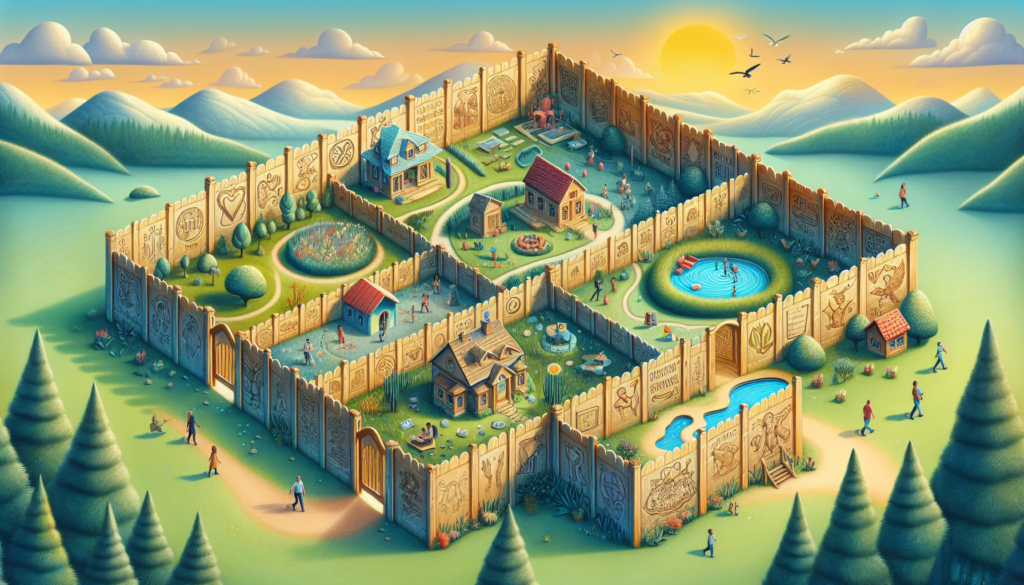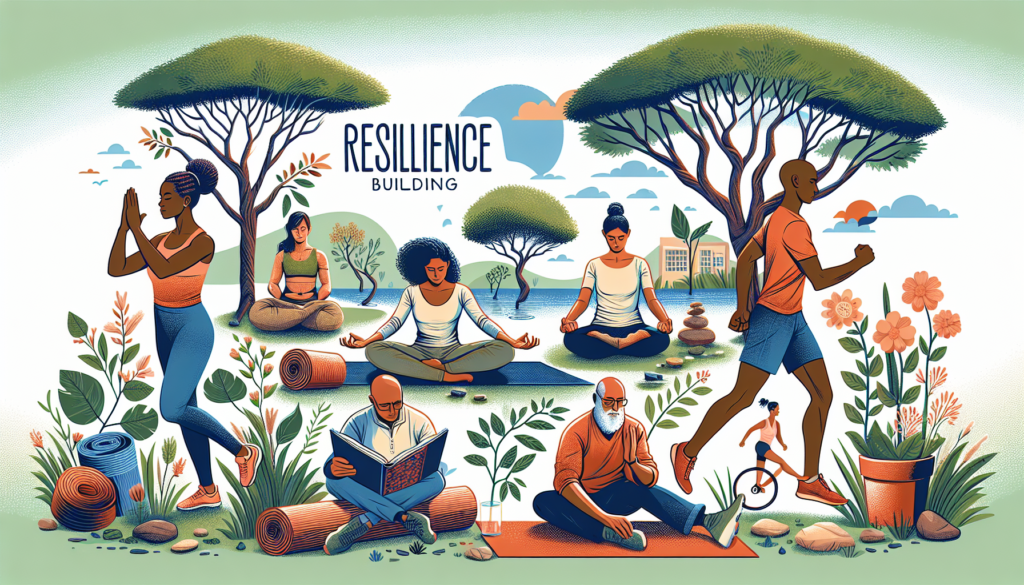Creative Problem-Solving Techniques: A Comprehensive Guide
Welcome to a world where problems are not roadblocks but opportunities for innovation and creativity. In today’s fast-paced and ever-changing environment, the ability to think outside the box and come up with unique solutions is more valuable than ever. This is where creative problem-solving techniques come into play. By harnessing the power of creativity, individuals and organizations can tackle challenges, drive progress, and achieve success in ways they never thought possible.
The Power of Creative Problem-Solving Techniques
Creative problem-solving techniques are strategies and methodologies that encourage individuals to explore unconventional solutions to complex problems. Unlike traditional problem-solving methods that rely on logical and linear thinking, creative problem-solving techniques embrace creativity, intuition, and imagination to generate innovative ideas and breakthrough solutions.
One of the key benefits of creative problem-solving techniques is their ability to break through mental barriers and inspire fresh perspectives. By challenging assumptions, questioning the status quo, and thinking outside conventional boundaries, individuals can unlock new insights and approaches to problem-solving.
Whether you’re a student struggling with a tough math problem, an engineer grappling with a technical challenge, or a business leader navigating a competitive market, creative problem-solving techniques can help you unlock your creative potential, overcome obstacles, and achieve your goals.
Diving Into Creative Problem-Solving Techniques
1. Brainstorming
Brainstorming is a classic creative problem-solving technique that involves generating a large number of ideas in a short period of time. The key to successful brainstorming is to suspend judgment, encourage wild ideas, and build upon the ideas of others. By tapping into the collective wisdom of a group, brainstorming can lead to innovative solutions that might not have been possible through individual thinking alone.

2. Mind Mapping
Mind mapping is a visual technique that helps individuals organize their thoughts and ideas in a non-linear format. By creating a visual representation of the problem at hand, individuals can identify connections, patterns, and relationships that may not be immediately apparent. Mind mapping can stimulate creativity, spark new ideas, and provide a holistic view of the problem, making it easier to identify potential solutions.
3. Design Thinking
Design thinking is a human-centered approach to problem-solving that emphasizes empathy, creativity, and iteration. By putting the human experience at the center of the design process, design thinking encourages individuals to understand the needs, motivations, and challenges of the people they are designing for. This empathetic approach can lead to innovative solutions that truly address the root causes of the problem and create meaningful impact.
Expert Opinions
According to renowned creativity expert Sir Ken Robinson, “Creativity is as important as literacy and should be treated with the same status.” Experts in the field of creativity and innovation emphasize the critical role that creative problem-solving techniques play in driving success and progress in today’s rapidly changing world.
Common Misconceptions
One common misconception about creative problem-solving techniques is that they are only relevant in artistic or creative fields. In reality, creative problem-solving techniques can be applied to any discipline or industry, from business and engineering to healthcare and education. By fostering creativity and innovation, individuals can tackle challenges, seize opportunities, and drive progress in any field.
Comparative Analysis
When comparing traditional problem-solving methods with creative problem-solving techniques, one key difference is the emphasis on divergent thinking. While traditional problem-solving methods focus on convergent thinking and finding the best solution, creative problem-solving techniques encourage divergent thinking and exploring multiple possibilities. This open-minded approach can lead to breakthrough ideas and unconventional solutions that traditional methods may overlook.
FAQs
Q: Can anyone learn creative problem-solving techniques?
A: Yes, creative problem-solving techniques are skills that can be learned and developed through practice, experimentation, and exposure to new ideas and perspectives.
To Wrap Things Up
In conclusion, creative problem-solving techniques are powerful tools that can help individuals and organizations navigate challenges, innovate, and achieve success in today’s dynamic world. By embracing creativity, exploring new perspectives, and thinking outside the box, individuals can unlock their creative potential, overcome obstacles, and make a lasting impact. So, the next time you’re faced with a tough problem, remember to unleash your creativity and harness the power of creative problem-solving techniques to find a solution that’s truly out of this world.


